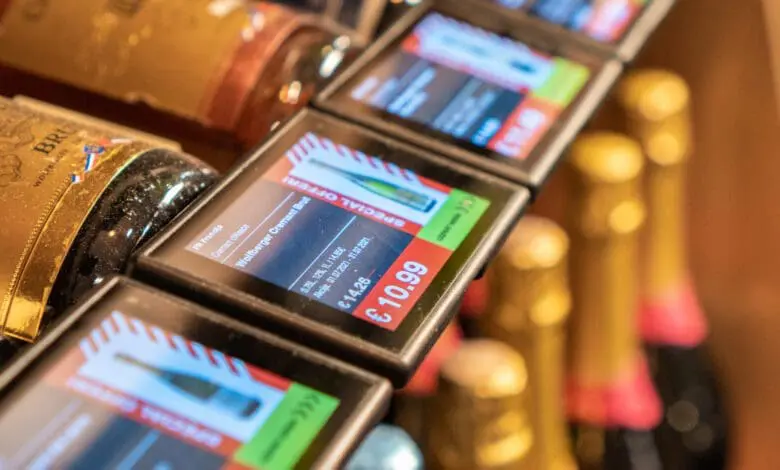With touchscreen displays instead of Electronic Shelf Labels (ESL), the Latvian retail company Spirits&Wine brings online shop content to the shelves. And it earns money with it – the use of the displays is paid for by the suppliers of branded goods. Spirits&Wine owner Andris Lukins had the technology developed in his own start-up Vivid Tech – and is now…
Read more >>
